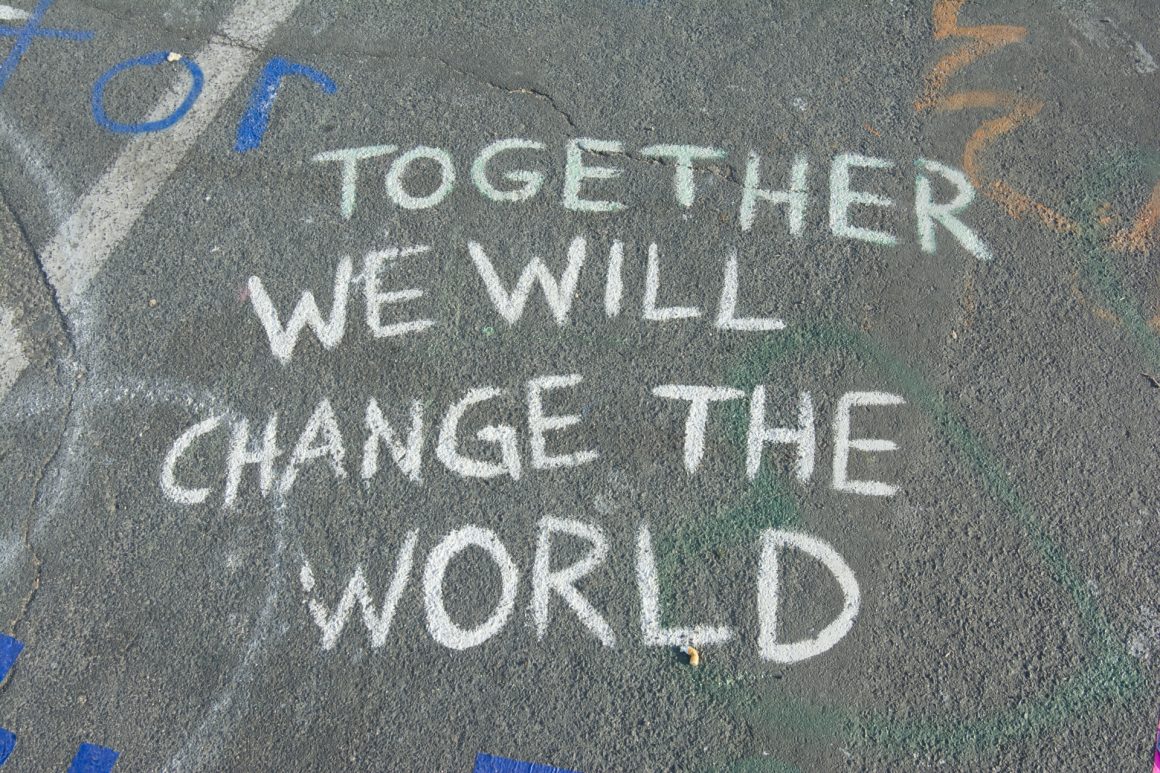About five years ago I came across a book called The Trouble I’ve Seen: Changing the Way the Church Views Racism. God used this book (and many others since then) to begin transforming my understanding of racism in America.
One of the most helpful ideas came in a chapter titled, “Don’t Go with Your Gut,” where author, theologian, and Jesus-follower, Drew Hart, calls Christians to adopt a posture he calls counterintuitive solidarity. To help explain, Hart makes a big claim: “most white Americans (Christian included) have been blind to the racism and oppression that has been so prevalent on this soil for the first 350 years, ever since Jamestown was formed.”
This is a big claim. It’s also uncomfortable. But most disturbingly, it’s undeniably true. For most of American history, the racial intuitions of the white majority, including Christians, were way off.
To demonstrate this, Hart takes his readers through a brief and selective survey of systemic racism in America. As he does so, he points out just how off base the perceptions of majority culture have been in each era of American history.
Slavery
It should go without saying that during the 246 years of institutional, race-based, chattel slavery on what would come to be called American soil, enslaved Africans knew that what was being done to them was evil. Hart writes, “Looking back now, we say that it seems obvious that white people were blinded by their desire for social advantage and superiority. Most American Christians and others would now easily agree with the African perspective of the time and would claim the African slaves got it right” (80). But at the time, the cries of the oppressed fell on deaf, white ears.
The Dred Scott decision
In 1857 near the tail end of the era of legalized slavery in America, the U.S. Supreme Court ruled (7-2) that black people would not nor would ever be citizens of the United States of America. To support the ruling that this country was never designed for black people, Chief Justice Roger Taney argued that a “perpetual and impassable barrier was intended to be erected between the white race and the one which they had reduced to slavery.” Hart points out that today “just about all legal scholars agree that the Dred Scott decision was one of the most horrific decision ever made by the Supreme Court. Unfortunately, at the time it was not obvious to most people who benefitted from this arrangement that this was such a terrible decision.” Hart concludes, “Once again, we can look back and agree that black people at that time correctly understood the problem and that the perspective of the dominant culture was wrong.” The cries of the oppressed continued to fall on deaf ears.
Plessy v. Ferguson (i.e. Jim Crow Laws)
Also in the category of “some of the worst Supreme Court decisions ever made” belongs Plessy v. Ferguson in 1896. In a 7-1 decision, the highest court in our country affirmed that racial segregation was legal and that it genuinely promoted equality. This decision legitimized what has become known as the infamous Jim Crow Laws. Hart comments, “Looking back now, most white Americans would see that the court decision was a terrible one …. While most white Christians reflected the common sentiments of their time, black Christians continuously and prophetically called out these realities.” Again, the cries of the oppressed fell on deaf ears.
Civil rights movement
When we consider matters of race in the mid-twentieth century, culminating in the civil rights movement, most of can probably conjure up horrifying images of what happened during that time. Remember, this was the era of Jim Crow segregation, KKK terror, lynchings, etc. We look back on that time today and see that racism was a huge problem. However, when polled in 1946, seven out of ten white Americans believed that “Negroes in the United States are being treated fairly.” Simply wild.
Fast-forward to today. We find ourselves in 2020 in the midst of a societal wave of racialized unrest and turmoil. Many within the black community are saying (as they have been) that there’s a problem. And the big question, particularly for white Christians, is:
Will their cries fall on deaf ears?
Hart writes, “What we are considering now are the implications of 350 years of misperception by those within the dominant society. The dominant group has been unable to recognize, see, or know racial injustice in America because their socialized intuitions shielded them from seeing the concrete realities.”
So what should we do? What should those who follow Jesus, those who don’t want to be deaf to the cries of the oppressed, those who want to love well … what should we do?
Hart has an answer:
“White American Christians in our society must do something seemingly absurd and unnatural, yet very Christian in orientation: they must move decisively toward a counterintuitive solidarity with those on the margins. They must allow the eyes of the violated of the land to lead and guide them, seeking to have renewed minds no longer conformed to the patterns of our world.”
This idea has helped me tremendously. It doesn’t solve all the problems or answer all the questions. But if white Jesus-followers in twenty-first century America can start here, good things will follow.


